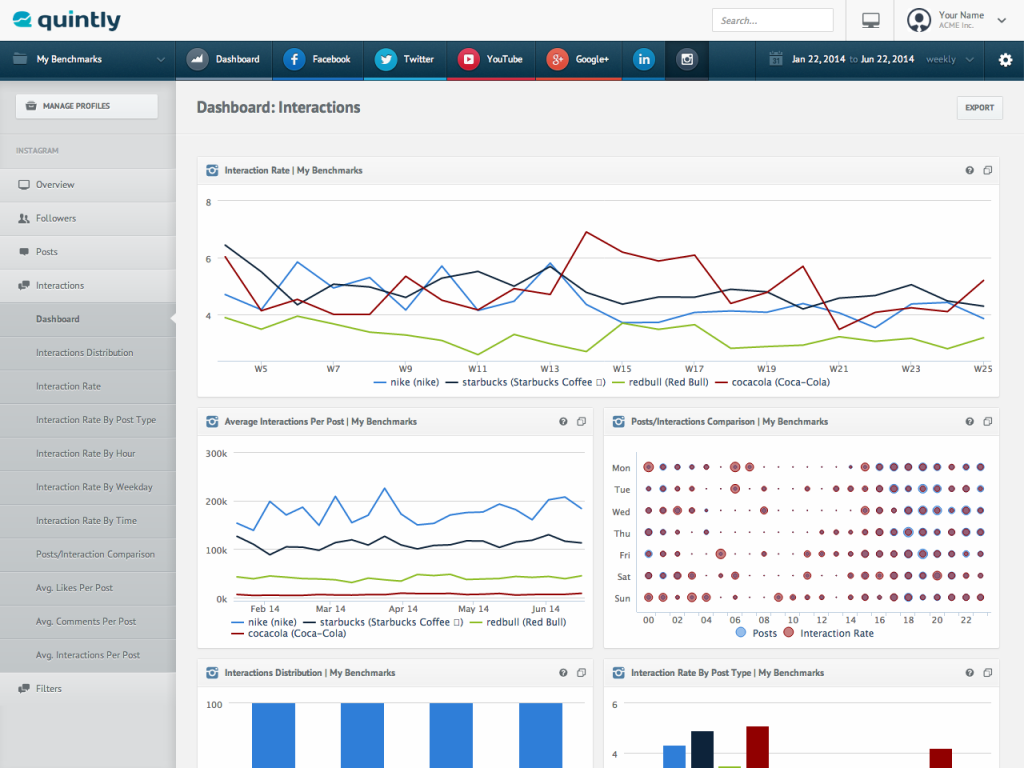Color me surprised when Instagram announced this week that they hit 400 million users. As a comparison, Twitter’s last reported user base consisted of 316 million users. The easy-to-use photo sharing platform quickly gained momentum after being founded in 2010. Recent small changes such as allowing rectangular pictures to be posted and searching by location is now available on the app. They also introduced ads for advertisers big and small.
But what’s one thing that marketers are concerned with that Instagram still lacks? Easily accessible analytics for a company’s account. Unless if you’re an Instagram advertiser, the data you get are basically next to none other than seeing how many “likes” and “comments” you get. One issue I encountered while working this past summer was the inability for the marketing team to gauge how much engagement our Instagram posts were getting. Sure, we got one or two hundred likes each photo, and a few scattered comments here and there. But how about click-throughs to the URL in our profile? How many transactions did this amount to on our online business? Who knows?
This is what we need to see natively on Instagram.
That’s the problem. One workaround was to use an external analytics provider, but they often lacked certain key data that we would’ve liked to know. What we ended up doing to see if people were simply liking pictures, or if they were engaged, was to post a note in the photo description letting people know they can claim a coupon code from us if they tagged a friend in the comment section. We got a total of about 2 messages regarding that coupon. This seems to tell us that Instagram isn’t the most important outlet for us, and we stopped doing daily updates on the platform to expend our resources elsewhere. But what if it’s actually valuable? Instagram, it’s up to you to show us that.

